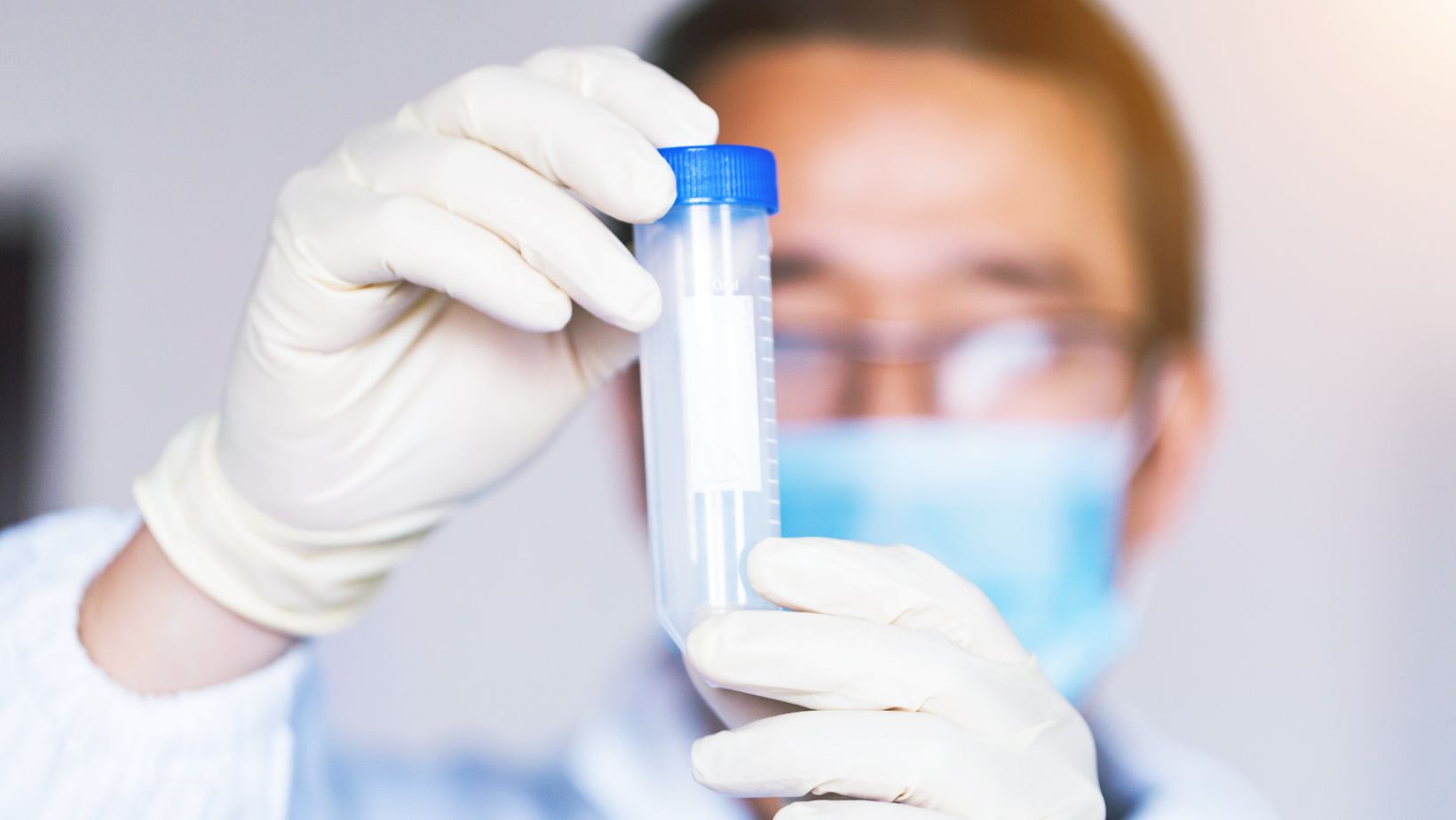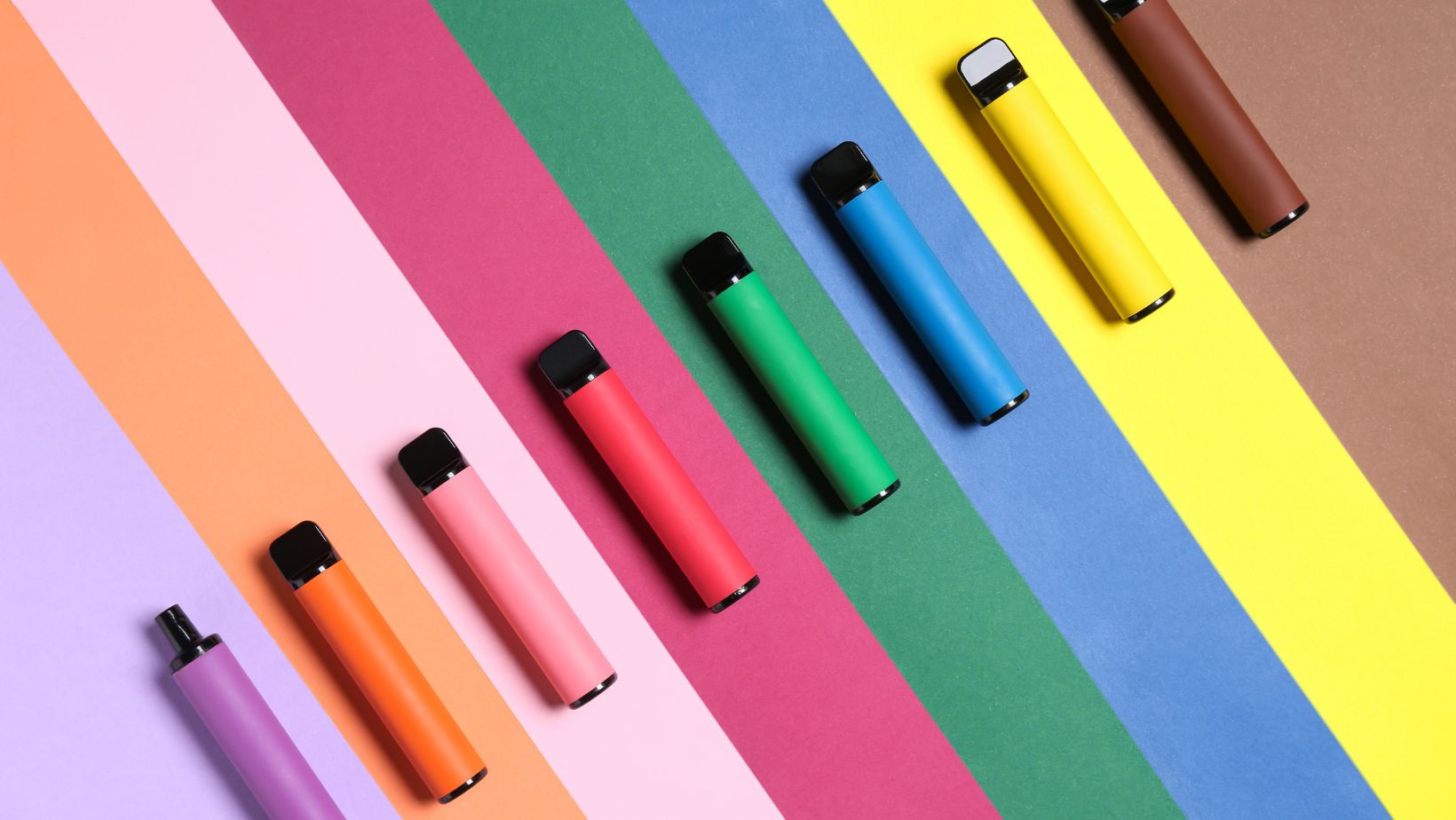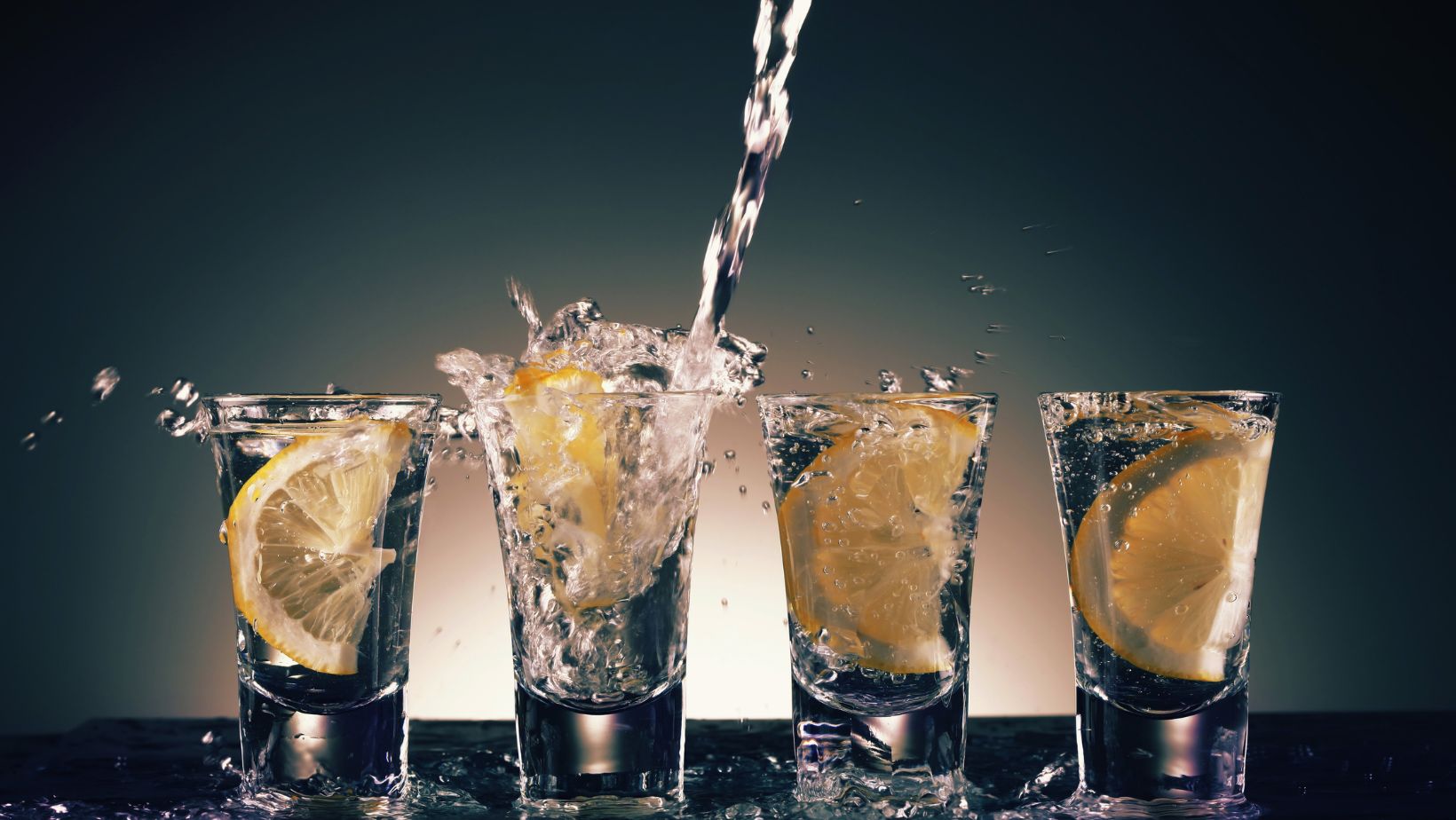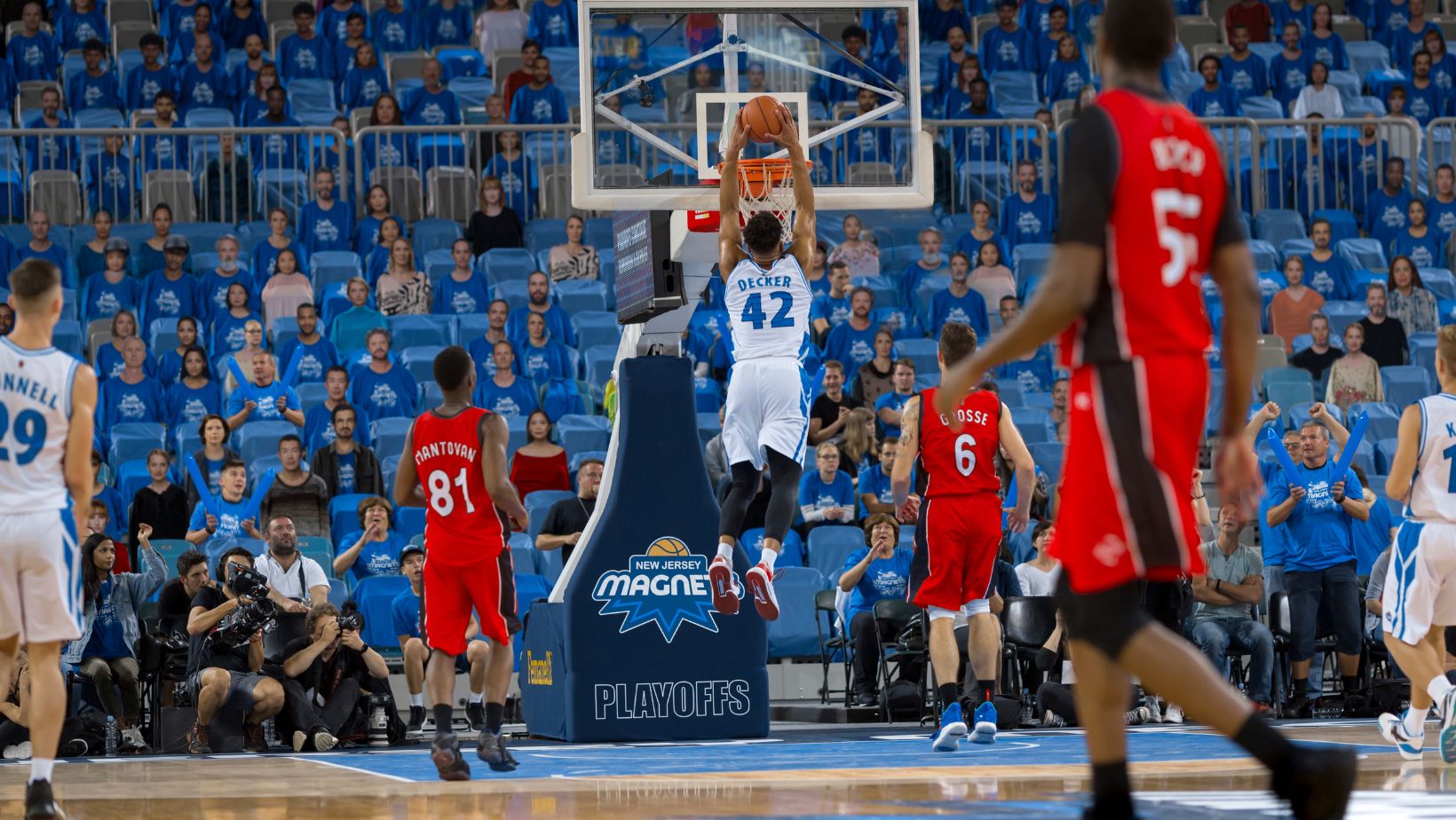How Many Ml in a Gal: A Simple Conversion

Wondering how many milliliters are in a gallon? Well, I’ve got the answer for you. When it comes to converting gallons to milliliters, there’s a simple conversion factor you can use. In fact, there are exactly 3,785.41 milliliters in one US gallon.
Now, why is this conversion important? Understanding the relationship between gallons and milliliters can be useful in various situations. For example, if you’re working with recipes that use metric measurements or dealing with scientific experiments that require precise calculations, knowing how to convert between these units can come in handy.
How Many Ml in a Gal
Converting Gallons to Milliliters
When it comes to liquid measurements, one common conversion that often perplexes people is converting gallons to milliliters. Whether you’re working in the kitchen or dealing with scientific experiments, understanding this conversion can be quite handy.
To convert gallons to milliliters, it’s important to know that there are 3.78541 liters in a gallon and 1000 milliliters in a liter. So, we can use these conversion factors to arrive at the desired result. Let’s break it down step by step:
- Start by multiplying the number of gallons by the number of liters per gallon:
- For example, if we have 2 gallons: 2 * 3.78541 = 7.57082 liters.
- Now, multiply the total liters by the number of milliliters per liter:
- In our example: 7.57082 * 1000 = 7570.82 milliliters.
So, there you have it! By following these simple steps, you can convert any given quantity from gallons to milliliters accurately.
Understanding Liquid Measurement Units
Liquid measurement units vary across different countries and contexts, which can lead to confusion when trying to understand volume conversions. Here are some common liquid measurement units used worldwide:
- Gallon (gal): A unit of volume commonly used in the United States for measuring liquids like milk or gasoline.
- Liter (L): The metric unit of volume used globally for measuring liquids.
- Milliliter (ml): A smaller metric unit used for more precise measurements or when dealing with small quantities.
- Fluid Ounce (fl oz): Commonly used in both US customary and imperial systems for measuring liquids like water or beverages.
- Pint: Another unit widely used around the world; a pint can vary in volume depending on the country.
The Basic Conversion Ratio
To simplify liquid measurements further, it’s helpful to know the basic conversion ratio between gallons and milliliters.
- 1 gallon is equivalent to approximately 3785.41 milliliters.
By keeping this conversion factor in mind, you can quickly estimate or convert between gallons and milliliters with ease. When working with large volumes or dealing with smaller increments, having a grasp of this conversion ratio can be quite beneficial.

The Conversion Factor: Milliliters to Gallons
The Conversion Process
When it comes to converting milliliters (ml) to gallons, there is a specific conversion factor that allows us to make this calculation accurately. Before we delve into the details, let’s understand the basics of this conversion process.
To convert milliliters to gallons, we need to remember that 1 gallon is equal to 3,785.41 milliliters. This conversion factor provides us with a reference point for making accurate calculations and ensures consistency in our measurements.
Converting Milliliters to Gallons
Now that we have the conversion factor in mind, let’s break down the steps involved in converting milliliters to gallons. It’s a straightforward process that can be done using basic arithmetic.
Here’s how you can convert ml to gallons:
- Take the number of milliliters you want to convert.
- Divide that number by 3,785.41 (the number of milliliters in one gallon).
- The result will be the equivalent value in gallons.
For example, if we have 7,570 ml and want to know how many gallons it is equivalent to:
7,570 ml ÷ 3,785.41 = 2 gallons
So, 7,570 milliliters is equal to approximately 2 gallons.




